FASHION
The Ultimate Guide to Crystal Necklaces: Meaning, Styles, and Buying Tips
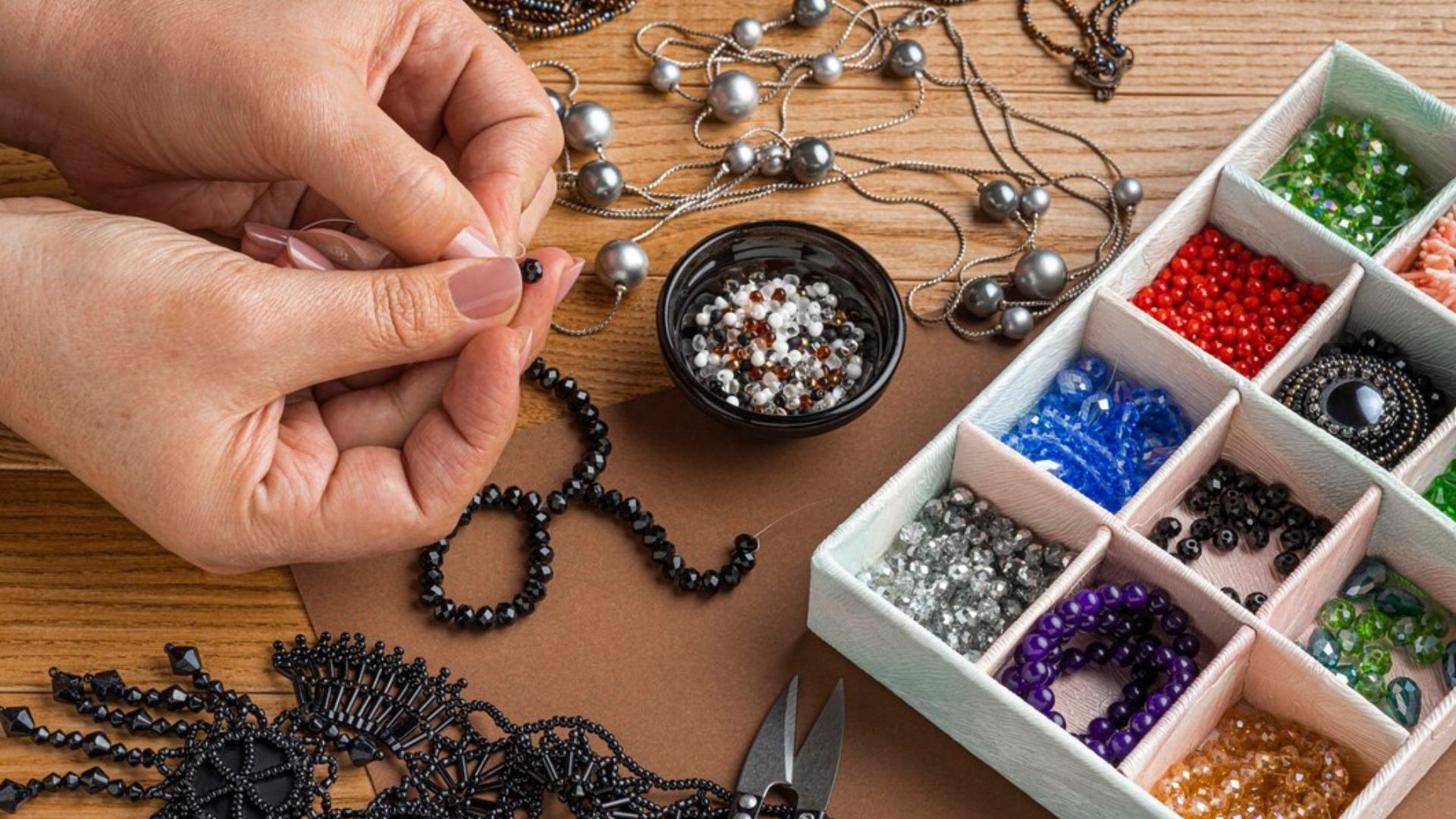
Crystal necklaces have captivated wearers for centuries, blending natural beauty with metaphysical properties. These stunning pieces range from delicate everyday pendants to bold statement jewelry, with each crystal type offering unique aesthetic and energetic benefits. Whether you’re drawn to the protective qualities of black tourmaline, the loving vibrations of rose quartz, or the clarity of clear quartz, crystal necklaces serve as both fashionable accessories and powerful spiritual tools. This comprehensive guide explores crystal necklace meanings, popular styles, how to choose the perfect piece, and proper care techniques to help you make an informed jewelry selection.
The History and Cultural Significance of Crystal Jewelry
. Egyptians buried their dead with lapis lazuli for protection in the afterlife, while Chinese emperors wore jade to promote wisdom and balance.. Today’s crystal necklace trends honor these traditions while incorporating modern design aesthetics. Contemporary designers now blend ancient wisdom with cutting-edge fashion, making crystal necklaces relevant across generations.
Popular Crystal Types and Their Meanings
Understanding different crystal properties helps you select a necklace aligned with your intentions:
Amethyst
This purple stone offers calming, protective energy. Amethyst necklaces help relieve stress, enhance intuition, and support sobriety. Its regal color complements both silver and gold settings.
Rose Quartz
The stone of unconditional love, rose quartz necklaces encourage self-acceptance, romance, and emotional healing. Its soft pink hue works beautifully in feminine, romantic jewelry designs.
Black Tourmaline
A powerful protective stone, black tourmaline necklaces shield against negative energy and electromagnetic frequencies. Its dramatic color creates striking contemporary pieces.
Crystal Necklace Styles and Designs
Modern jewelers offer countless ways to wear crystals:
Solitaire Pendants
Single crystal pendants showcase the stone’s natural beauty in simple bezel or prong settings. Popular for everyday wear.
Wire-Wrapped Designs
Artisan-crafted pieces feature crystals suspended in intricate hand-twisted wire patterns, offering bohemian charm.
Birthstone Collections
Personalized necklaces featuring crystals associated with your birth month add special significance.
Statement Pieces
Large raw crystal pendants or geometric clusters make bold fashion statements for special occasions.
How to Choose the Perfect Crystal Necklace
Selecting your ideal piece involves several considerations:
Intention and Purpose
Determine whether you seek emotional healing, spiritual growth, protection, or simply aesthetic appeal. Different crystals serve different needs.
Necklace Length and Style
• Choker (14-16 inches) highlights the collarbone
• Princess (18 inches) works for most necklines
• Matinee (20-24 inches) creates dramatic impact
Metal Selection
• Silver enhances cooling, intuitive stones like moonstone
• Gold complements warm, energizing crystals like citrine
• Rose gold pairs beautifully with heart-centered stones
Quality Factors
Examine the stone’s clarity, cut, and color saturation. Higher quality crystals exhibit vibrant hues without cloudiness or excessive inclusions.
Caring for Your Crystal Necklace
Proper maintenance preserves both beauty and energetic properties:
Cleaning Methods
• Soft cloth for routine polishing
• Mild soapy water for deeper cleaning (avoid porous stones)
• Moonlight or sunlight charging (avoid prolonged sun for fade-prone stones)
Energetic Clearing
Regularly cleanse your necklace’s energy using:
• Smudging with sage or palo santo
• Sound baths with singing bowls
• Burying in sea salt overnight
The Science and Skepticism Behind Crystal Healing
While crystal healing lacks extensive scientific validation, several theories attempt to explain its potential effects:
Piezoelectric Effect
Certain crystals like quartz generate electric charges under pressure, potentially interacting with the body’s electromagnetic field.
Placebo Effect
The power of belief may trigger real psychological and physiological benefits when wearing crystals.
Color Psychology
Different crystal hues may subconsciously influence mood and energy levels through established color therapy principles.
Many wearers report tangible benefits regardless of scientific explanation, making crystal necklaces valuable for both their beauty and perceived energetic properties.
Conclusion
Crystal necklaces offer a unique blend of aesthetic appeal and personal meaning. By understanding different stone properties, quality factors, and styling options, you can select a piece that resonates with your intentions and complements your personal style. Whether you choose a delicate amethyst pendant for calm or a bold black tourmaline statement piece for protection, your crystal necklace can become a cherished daily companion. Remember to cleanse and care for your jewelry regularly to maintain its beauty and energetic benefits. As you explore the world of crystal necklaces, let your intuition guide you to the perfect stone that speaks to your soul and enhances your journey.

FASHION
Why Fashion Is Important to People: A Deep Dive Into Its Cultural, Psychological, and Social Impact
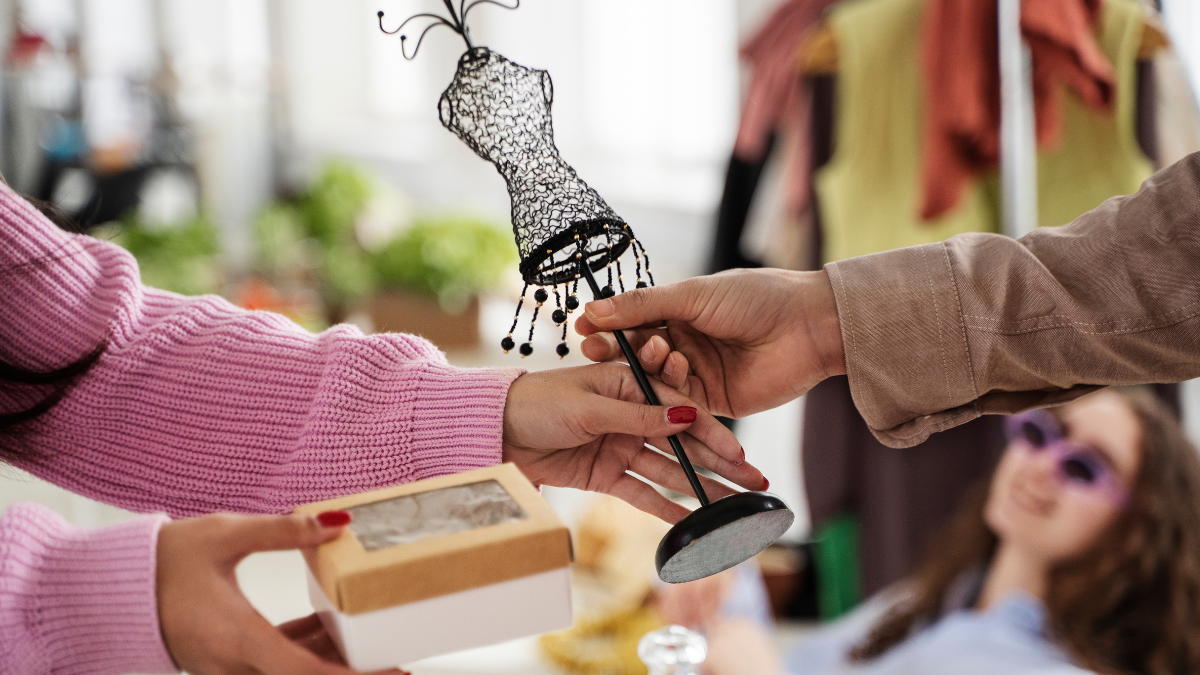
Fashion is more than just clothing—it is a powerful form of self-expression, a reflection of culture, and a tool for social connection. From ancient civilizations to modern-day trends, fashion has played a crucial role in shaping identities, signaling status, and influencing societal norms.
But why is fashion so important to people? The answer lies in its ability to communicate individuality, boost confidence, and foster community. Whether through haute couture, streetwear, or traditional attire, fashion serves as a universal language that transcends borders.
In this comprehensive exploration, we will examine:
The psychological impact of fashion (how clothing affects mood and confidence)
Fashion as a form of self-expression (personal identity and creativity)
The role of fashion in culture and society (status, tradition, and rebellion)
Economic and environmental considerations (fast fashion vs. sustainable trends)
By the end, you’ll understand why fashion is not just about looking good—it’s about feeling empowered, connected, and culturally engaged.
1. The Psychological Impact of Fashion: How Clothing Affects the Mind
a) The “Enclothed Cognition” Effect
Research in psychology reveals that what we wear influences how we think and behave. A study by Hajo Adam and Adam Galinsky (2012) introduced the concept of “enclothed cognition,” showing that wearing certain clothes (like a doctor’s lab coat) can enhance focus and performance.
Example: Wearing formal attire can increase feelings of authority, while casual wear may promote relaxation.
Why it matters: Fashion choices directly impact confidence and productivity.
b) Fashion and Mood Enhancement
Ever heard of “dopamine dressing”? This trend suggests that wearing bright colors or favorite outfits can boost happiness.
Case Study: A 2015 study found that 62% of people feel more confident when dressed well.
Real-life application: Many use fashion as a tool for mental well-being, especially during stressful times.
c) The Role of Uniforms and Dress Codes
From school uniforms to corporate dress codes, clothing can shape behavior and discipline.
Pros: Uniforms reduce social inequality and create unity.
Cons: Strict dress codes may suppress individuality.
2. Fashion as Self-Expression: Identity and Creativity
a) Clothing as a Personal Statement
Whether through bold prints, minimalist styles, or vintage looks, clothing choices reflect inner values.
Example: Punk fashion (ripped jeans, leather jackets) symbolizes rebellion.
Modern trend: Social media influencers use outfits to craft personal brands.
b) Subcultures and Fashion Movements
From hippies in the 1960s to today’s streetwear culture, fashion defines groups.
Hip-Hop Fashion: Baggy jeans, sneakers, and chains represent urban culture.
Goth & Emo Styles: Dark clothing expresses emotional depth.
c) Gender Fluidity in Fashion
Modern fashion breaks traditional gender norms with unisex clothing and gender-neutral brands.
Example: Harry Styles wearing dresses challenges stereotypes.
Impact: Encourages inclusivity and self-acceptance.
Conclusion: Fashion is a canvas for individuality, allowing people to communicate who they are (or who they aspire to be).
3. Fashion in Culture and Society: Status, Tradition, and Rebellion
a) Fashion as a Status Symbol
Historically, clothing displayed wealth and power.
Historical Example: European royalty wore silk and gold to assert dominance.
Today: Luxury brands (Gucci, Louis Vuitton) serve as modern status symbols.
b) Traditional Attire and Cultural Pride
Many cultures preserve heritage through fashion.
Examples:
Kimonos in Japan
Dashikis in Africa
c) Fashion as Protest and Social Change
Clothing has been used to challenge political and social norms.
1960s Civil Rights Movement: Black activists wore African prints to reclaim identity.
Modern Activism: “Pussyhats” in Women’s Marches symbolize resistance.
Conclusion: Fashion is a mirror of society—preserving traditions, signaling status, and driving change.
4. The Economics and Ethics of Fashion
a) The Fast Fashion Dilemma
Cheap, trendy clothing has environmental and ethical costs.
Stats:
The fashion industry produces 10% of global carbon emissions.
85% of textiles end up in landfills yearly (UNEP).
b) The Rise of Sustainable Fashion
Eco-friendly brands (Patagonia, Stella McCartney) promote ethical consumption.
Solutions: Thrifting, upcycling, and slow fashion movements.
c) The Influence of Celebrity and Designer Culture
Celebrities shape trends, impacting consumer behavior.
Example: Rihanna’s Fenty line promotes diversity in fashion.
Conclusion: Fashion’s future depends on balancing style with sustainability
a) Digital Fashion & NFTs
Virtual clothing (Meta-fashion) is rising in the metaverse.
Example: Digital-only outfits sold as NFTs.
b) AI and Personalized Fashion
AI-powered styling apps (like Stitch Fix) customize recommendations.
Conclusion
Fashion is evolving with technology, becoming more personalized and inclusive.Fashion is not frivolous—it’s a fundamental part of human existence. It shapes confidence, communicates identity, preserves culture, and drives social change. As the industry evolves, the core reason fashion matters remains: it helps people tell their story without saying a word.Whether through a tailored suit, a vintage band tee, or a handmade cultural garment, fashion empowers individuals and connects communities. The future of fashion lies in sustainability, technology, and inclusivity, ensuring it remains a vital part of our lives for generations to come.
FASHION
Celebrities Who Defined Y2K Fashion: Iconic Looks That Still Inspire Today
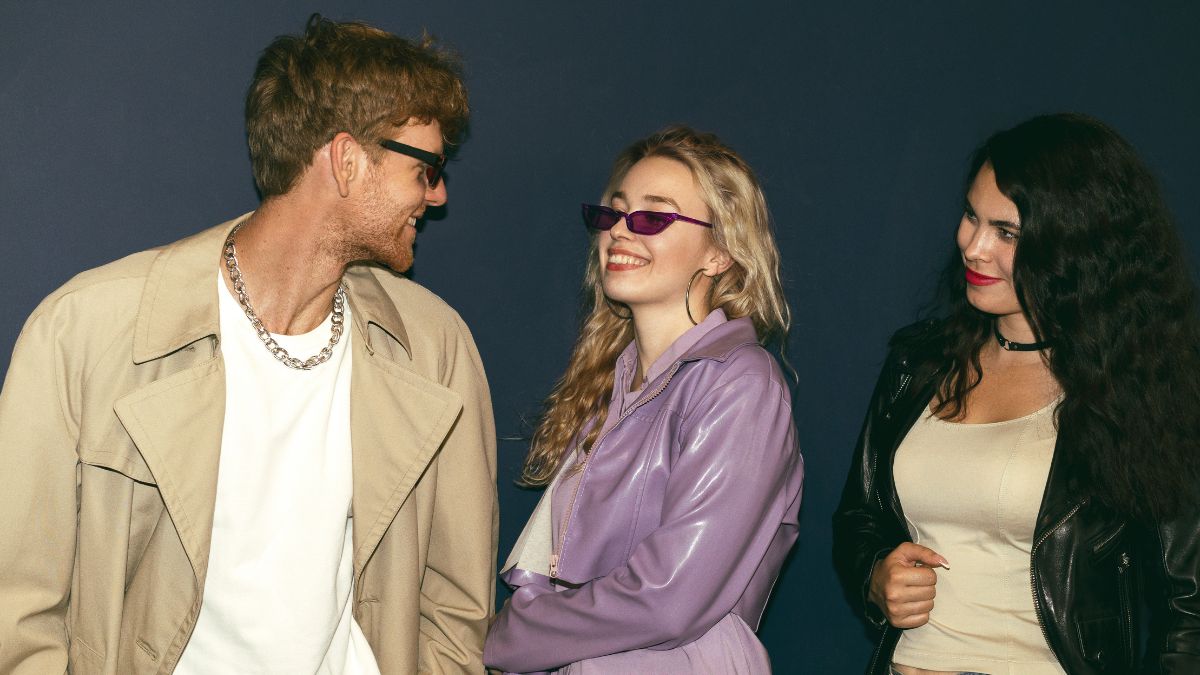
Y2K fashion was all about bold experimentation and self-expression. It was a time when celebrity culture reigned supreme, influencing trends that we still see today.
From low-rise jeans to bedazzled tops, this unique fashion movement left a significant mark on our wardrobes. Celebrities were at the forefront of this revolution, setting standards with their iconic looks that continue to inspire new generations. Let’s dive into how these star-studded styles shaped not only their time but also our current fashion landscape!
The rise of celebrity culture in the early 2000s
The early 2000s marked a seismic shift in celebrity culture. With the advent of reality television and social media, stars became more accessible than ever before. This era saw the rise of tabloids and gossip websites, creating a frenzy around celebrities’ every move.
Pop icons like Britney Spears and Christina Aguilera dominated not just the charts but also fashion magazines. Their styles were dissected and imitated by fans worldwide. It wasn’t just about music; it was about lifestyle.
Red carpets turned into fashion battlegrounds where every outfit was scrutinized. Celebrities were no longer distant figures; they became trendsetters whose choices shaped an entire generation’s aesthetic.
Street style emerged as fans took inspiration from their favorite stars, leading to a fusion of high fashion with everyday wear. The influence was undeniable, setting trends that resonate even today in modern wardrobes everywhere.
Celebrities who were style icons during the Y2K era
The Y2K era birthed a new breed of style icons who defined fashion for an entire generation.
Then there was Paris Hilton, always decked out in blingy dresses that screamed luxury. Her love for mini skirts paired with platform heels influenced countless fans to embrace their inner diva.
Her oversized hoodies and chic braids became emblematic of a fresh approach to urban fashion.
And let’s not forget J.
Lo. With her fierce looks—think plunging necklines and vibrant colors—she made every red carpet appearance unforgettable. Each celebrity contributed uniquely to the fabric of Y2K fashion, leaving an indelible mark on pop culture that still resonates today.
Iconic looks from the red carpet, music videos, and street style
Red carpets dazzled with stars like Jennifer Lopez, whose green Versace dress became legendary. It symbolized the era’s fearless approach to femininity.
Music videos brought more creativity into play. Think Britney Spears in her iconic red catsuit from “Oops!… I Did It Again.” This look screamed confidence and captured the pop culture heartbeat of Y2K.
Street style was equally vibrant. . Icons like Paris Hilton made tracksuits chic, often accessorizing them with oversized sunglasses and chunky jewelry.
These looks weren’t just outfits; they represented attitudes and aspirations. Each ensemble told a story, blending glamour with everyday wearability that resonates even today. The essence of Y2K fashion lives on through these unforgettable styles, reminding us that self-expression knows no bounds.
How these looks are still relevant and inspiring in modern fashion
Y2K fashion has made a stunning comeback, captivating new generations. The playful mix of colors, textures, and bold accessories resonates with today’s trendsetters.
Designers often draw inspiration from the early 2000s runway looks. Think low-rise jeans paired with cropped tops or oversized jackets layered over fitted dresses. These styles create an exciting contrast that feels fresh yet nostalgic.
Social media plays a huge role in reviving these trends. Platforms like TikTok and Instagram showcase influencers channeling their inner Y2K icons, sparking interest among viewers. Vintage pieces are now sought after in thrift stores and online shops.
Street style is also embracing this aesthetic. People confidently blend elements from the past with modern twists—think chunky sneakers combined with sleek silhouettes for an updated flair.
These iconic looks remind us that fashion cycles back around, offering endless opportunities to express individuality through timeless aesthetics.
Tips on incorporating Y2K fashion into your wardrobe
Embrace bold colors and playful patterns. Think neon hues or funky prints that scream personality. These elements were hallmarks of Y2K fashion.
Layering is essential. Mix tank tops with long-sleeve shirts, or throw on an oversized jacket over a fitted dress. It’s all about creating dimension.
Accessorize like it’s 2003. Chunky jewelry, bucket hats, and colorful sunglasses can elevate any outfit instantly. Don’t shy away from statement pieces.
Footwear matters too; platform sneakers or strappy sandals add a nostalgic touch to your look.
Experimentation is key in this aesthetic; have fun mixing styles until you find what resonates with you!
Conclusion: Why Y2K fashion will always have
Its bold colors, playful aesthetics, and unique styles speak to a time when self-expression was at its peak. The influence of this era is undeniable; it continues to inspire designers and influencers today.
Celebrities like Britney Spears, Paris Hilton, and Aaliyah shaped trends that resonate even now. From low-rise jeans paired with bedazzled tops to chunky platform shoes, these iconic looks paved the way for modern interpretations of nostalgia-driven fashion.
As we embrace Y2K elements in our wardrobes today—whether it’s through accessories or statement pieces—we tap into a cultural legacy that celebrates diversity and individuality. This isn’t just about looking back; it’s about integrating those vibrant influences into contemporary style.
The spirit of Y2K fashion lives on because it encourages us all to be adventurous with our choices. It reminds us that style has no limits and should always reflect who we are at any given moment. Whether you’re curating retro-inspired outfits or simply adding a pop of color here and there, there’s no doubt Y2K will continue influencing future generations to come.
FASHION
Business Casual Shoes: The Ultimate Guide to Stylish and Professional Footwear
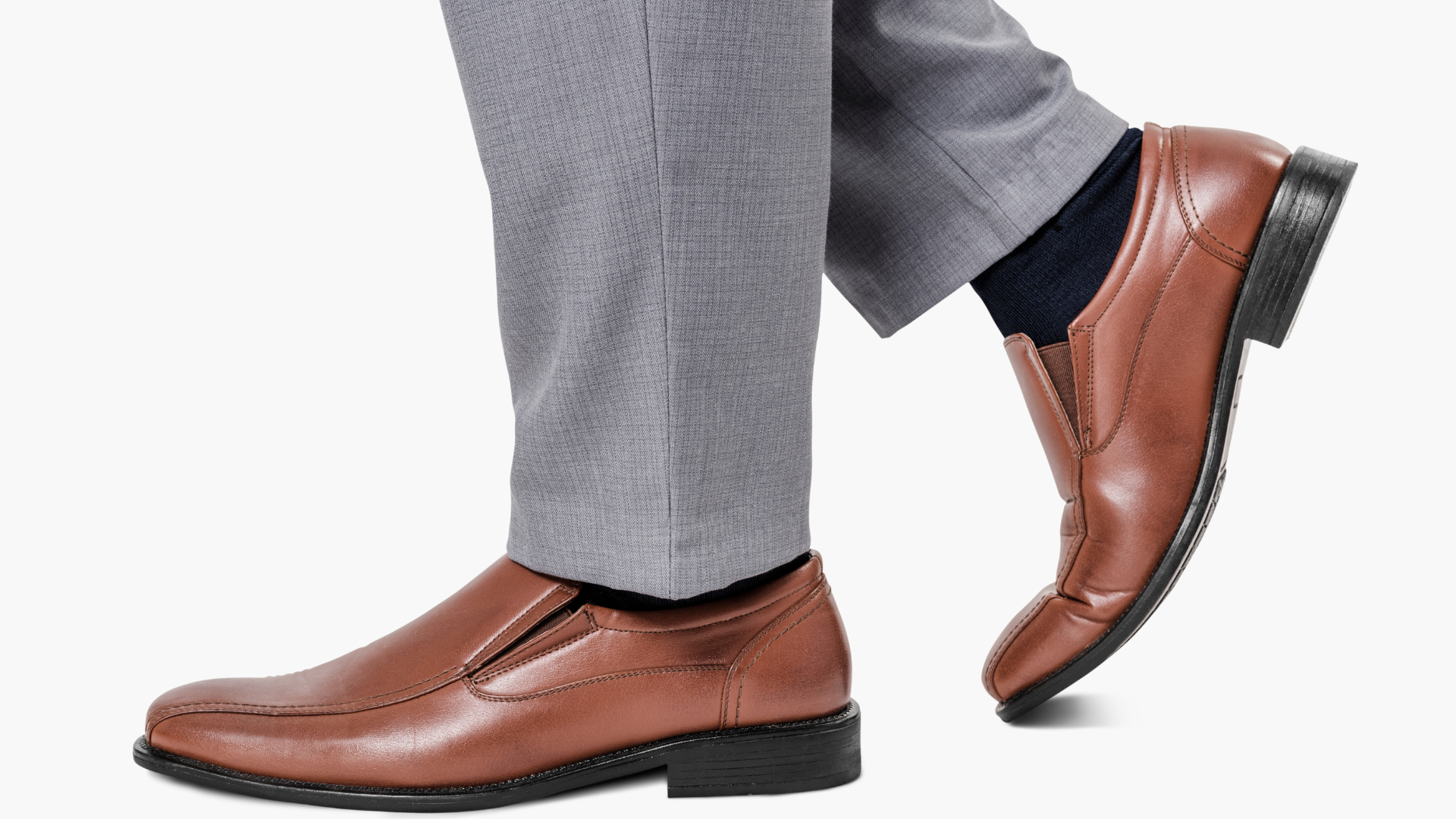
In today’s professional world, dressing appropriately is key to making a strong impression. While suits and formal wear dominate traditional corporate settings, many workplaces have adopted a business casual dress code, offering employees more flexibility while maintaining professionalism.
One of the most crucial elements of a business casual wardrobe is footwear. The right pair of shoes can elevate your outfit, boost confidence, and ensure you look polished without being overly formal.
In this comprehensive guide, we’ll explore:
What defines business casual shoes
The best types of shoes for men and women
How to choose the right pair for your workplace
Styling tips for different occasions
Top brands and where to buy high-quality business casual shoes
What Are Business Casual Shoes?
Business casual is a dress code that balances professionalism with comfort. Unlike formal business attire (think oxfords and pumps), business casual shoes offer a more relaxed yet refined look.
Key Characteristics of Business Casual Shoes:
✔ Less formal than traditional dress shoes but still professional
✔ Comfortable for all-day wear
✔ Versatile—can be paired with chinos, dress pants, skirts, or smart jeans
✔ Subtle styling—avoid overly flashy designs or bright colors
Best Business Casual Shoes for Men
Men have several excellent options when it comes to business casual footwear. Here are the top styles:
a) Loafers
Why They Work: Loafers are slip-on shoes that exude sophistication without being too formal.
Best Materials: Leather or suede
Outfit Pairing: Chinos, tailored trousers, or dark jeans
b) Chelsea Boots
Why They Work: Sleek and stylish, Chelsea boots add a modern edge to business casual attire.
Best Colors: Black, brown, or tan
Outfit Pairing: Wool trousers, blazers, or slim-fit jeans
c) Derbies (Bluchers)
Why They Work: More relaxed than oxfords, derbies have open lacing for a slightly casual vibe.
Best For: Office settings that lean toward smart-casual
d) Monk Straps
Why They Work: A unique alternative to lace-ups, monk straps offer a refined yet distinctive look.
Best Occasions: Client meetings or semi-formal events
e) Leather Sneakers (Minimalist Style)
Why They Work: High-quality leather sneakers (like Common Projects or Cole Haan) can work in creative or tech-driven workplaces.
Avoid: Athletic or overly casual sneakers
3. Best Business Casual Shoes for Women
Women’s business casual footwear offers a mix of comfort and elegance. Here are the top picks:
a) Ballet Flats
Why They Work: Comfortable, chic, and office-appropriate
Best Colors: Black, , or burgundy
b) Block Heels
Why They Work: More stable than stilettos, block heels provide height without discomfort.
Best Pairing: Pencil skirts, midi dresses, or tailored pants
c) Loafers
Why They Work: A unisex option that’s both polished and comfortable
Best Styles: Pointed-toe or tassel loafers
d) Ankle Boots
Why They Work: Perfect for colder months while maintaining professionalism
Best Materials: suede
4. How to Choose the Right Business Casual Shoes
Selecting the perfect pair depends on several factors:
a) Workplace Dress Code
Conservative Offices: Stick to leather loafers, derbies, or modest heels.
Creative/Tech Offices: Leather sneakers or stylish ankle boots may be acceptable.
b) Comfort & Fit
Ensure proper arch support if standing for long hours.
Break in new shoes before wearing them to work.
c) Color & Material
Neutral Colors (Black, Brown, Navy, Gray) are safest.
Leather & Suede are the most professional materials.
d) Seasonality
Summer: Opt for breathable materials like perforated leather.
Winter: Choose weather-resistant boots or insulated styles.
5. Styling Business Casual Shoes for Different Outfits
For Men:
With Chinos: Loafers or derbies + a tucked-in button-down
With Dark Jeans: Chelsea boots + a blazer
With Dress Pants: Monk straps or oxfords (slightly more formal)
For Women:
With Trousers: Block heels or loafers + a silk blouse
With a Midi Skirt: Ballet flats or low block heels
With Smart Jeans: Ankle boots + a structured blazer
6. Top Brands for Business Casual Shoes
For Men:
Clarks (Comfort-focused loafers & boots)
Cole Haan (Stylish hybrid dress shoes & sneakers)
Allen Edmonds (Premium leather shoes)
Thursday Boot Company (High-quality Chelsea boots)
For Women:
Sam Edelman (Trendy yet professional flats & heels)
Everlane (Minimalist & ethical footwear)
Naturalizer (Comfortable work-friendly shoes)
Madewell (Casual-chic loafers & boots)
7. Where to Buy Business Casual Shoes
Online Retailers: Amazon, Zappos, Nordstrom
Specialty Stores: Allen Edmonds, Cole Haan, Johnston & Murphy
Budget-Friendly Options: DSW, H&M, ASOS
8. Common Mistakes to Avoid
Wearing Athletic Sneakers (Unless your office allows it)
Overly Worn-Out Shoes (Keep them polished and clean)
Too Casual Sandals or Flip-Flops (Not office-appropriate)
9. The Future of Business Casual Footwear
With remote work and hybrid offices becoming more common, comfort-driven yet stylish shoes are gaining popularity. Expect:
More sustainable materials (vegan leather, recycled fabrics)
Hybrid designs (dress shoes with sneaker comfort)
Customizable options (modular heels, interchangeable insoles)
conclusion
Business casual shoes strike the perfect balance between professionalism and comfort. Whether you prefer loafers, Chelsea boots, or minimalist sneakers, the right pair can enhance your confidence and style in the workplace.
-

 HEALTH1 week ago
HEALTH1 week agoMega-Personal.net Health Archives: The Ultimate Guide to Health Information and Resources
-
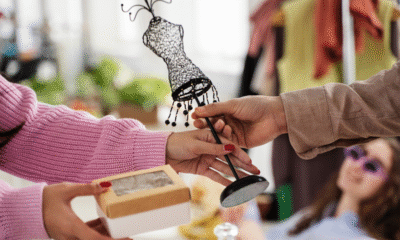
 FASHION1 day ago
FASHION1 day agoWhy Fashion Is Important to People: A Deep Dive Into Its Cultural, Psychological, and Social Impact
-

 NEWS2 weeks ago
NEWS2 weeks agoForestry Development Authority: Guardians of Our Forests
-

 BLOG5 months ago
BLOG5 months agoExploring the Revolutionary Potential of New Software 418DSG7
-

 CRYPTO2 weeks ago
CRYPTO2 weeks agoCrypto30x.com: A Comprehensive Investigation Into the 30X Returns Crypto Platform
-

 CRYPTO1 week ago
CRYPTO1 week agoLessInvest.com Crypto: A Comprehensive Guide to Smart Cryptocurrency Investing
-

 CRYPTO5 months ago
CRYPTO5 months agoWhich Crypto Has 1000x Potential? A 2025 Investor’s Deep Dive into the Next Crypto Explosion
-

 NEWS2 weeks ago
NEWS2 weeks agoTecnoregio News: Your Ultimate Guide to Innovation, Industry Updates, and Regional Technology Insights